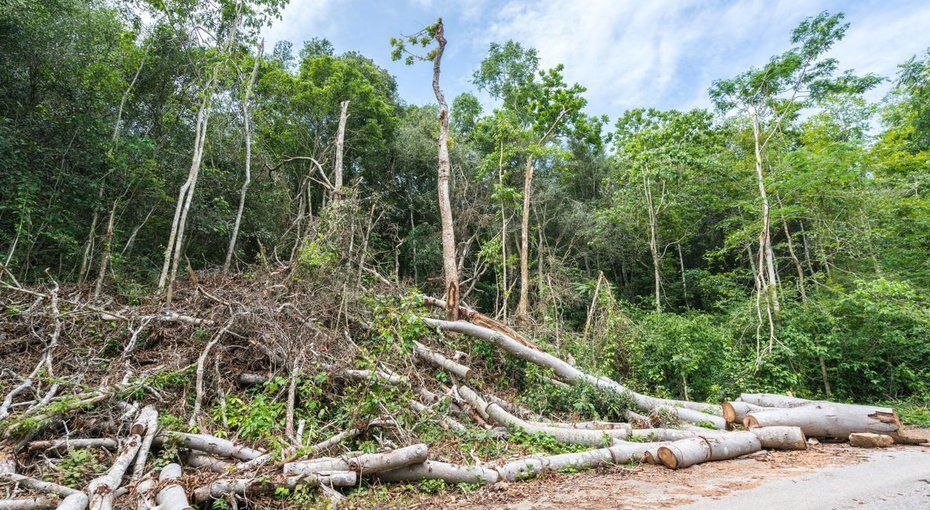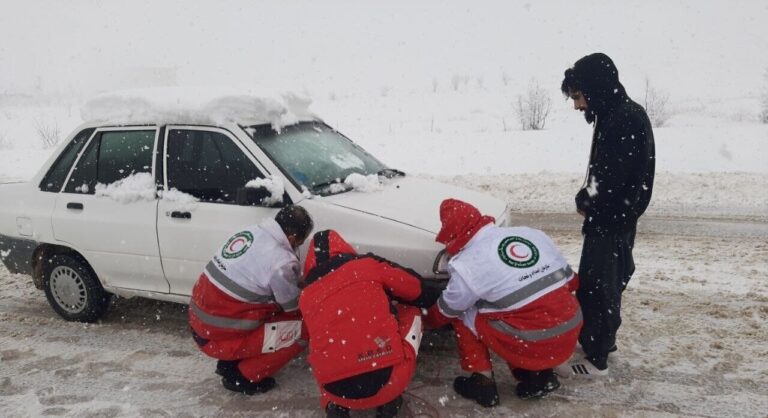Habitat Loss: The Leading Driver Behind Species Population Decline, Warns DOE Official
Habitat loss, significantly worsened by climate change, is currently the foremost cause of the decline in wildlife populations. This alarming trend has been highlighted by Gholamreza Ebdali, the head of the wildlife protection office, as reported by IRNA.
Climate change has intensified the destruction of habitats, particularly impacting aquatic ecosystems, which face severe threats from drought and dwindling water resources. Ebdali emphasized that the Department of Environment (DOE) is actively implementing various measures to protect endangered species and mitigate these pressing challenges.
Key Conservation Measures
To combat the issues of habitat loss and species decline, the DOE is focusing on several critical conservation efforts, including:
- Addressing illegal hunting and wildlife crime
- Enhancing international collaborations for species protection
- Developing comprehensive action plans aimed at conserving endangered species
Human activities have severely impacted wildlife populations. The effects of habitat destruction, fragmentation, and modification due to industrialization, logging, agriculture, livestock grazing, mining, and development projects are devastating. These activities not only threaten biodiversity but also accelerate the decline of endangered species.
Current Status of Endangered Species
As it stands, approximately 128 species of animals and vertebrates in the country are at risk of extinction. Among these, amphibians are particularly vulnerable. Notable species facing extinction include:
- Persian zebra
- Asiatic cheetah
- Black bear
- Yellow deer
The DOE has devised action plans specifically for the conservation of 25 endangered species, with implementation already underway. Plans are also in place to establish a committee dedicated to the preservation of critically endangered species such as the cheetah, black bear, and great bustard.
Strengthening Wildlife Protection
In an effort to deter wildlife crime, the DOE has increased penalties for offenses such as illegal hunting, fishing, or obtaining permits unlawfully. These enhanced penalties aim to create a significant deterrent effect against wildlife crimes.
Over the past few years, a key focus for the DOE has been the protection of animal species within their natural habitats, which includes increasing the number of rangers in protected areas. This initiative is critical in safeguarding biodiversity and maintaining ecological balance.
International Collaborations and Workshops
To enhance its conservation efforts, the DOE has engaged in several meetings and consultations with other countries. These discussions aim to leverage their scientific and experiential knowledge in preserving species such as:
- Asiatic cheetah
- Great bustard
- Leopard
- Houbara bustard
Additionally, the DOE has organized numerous workshops and training sessions focused on:
- Understanding reptiles and amphibians
- Studying leopards and aquatic animals
- Identifying existing challenges and diseases affecting these species
- Implementing preventative measures for wildlife health
These initiatives are crucial for raising awareness and enhancing knowledge about the threats facing endangered species while promoting effective conservation methods.
In conclusion, the ongoing efforts by the DOE and its partners highlight the urgent need for comprehensive strategies to combat habitat loss and protect endangered species. By addressing illegal hunting, fostering international cooperation, and implementing targeted conservation plans, we can work towards a more sustainable future for wildlife and ecosystems.






